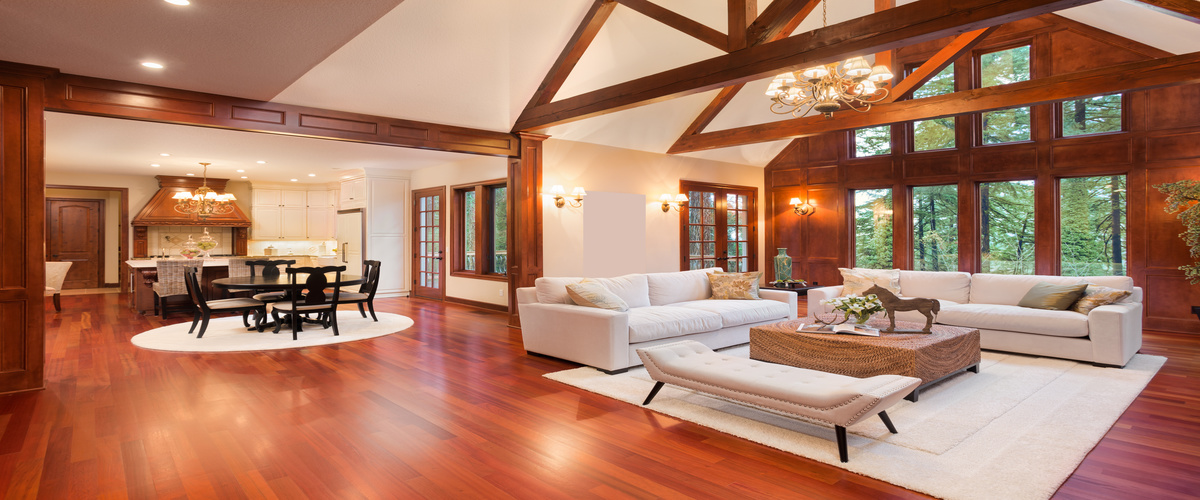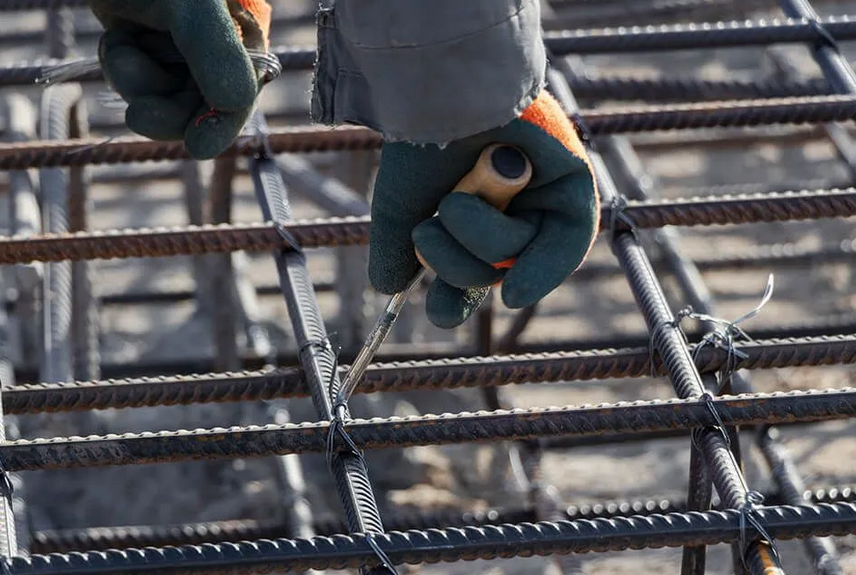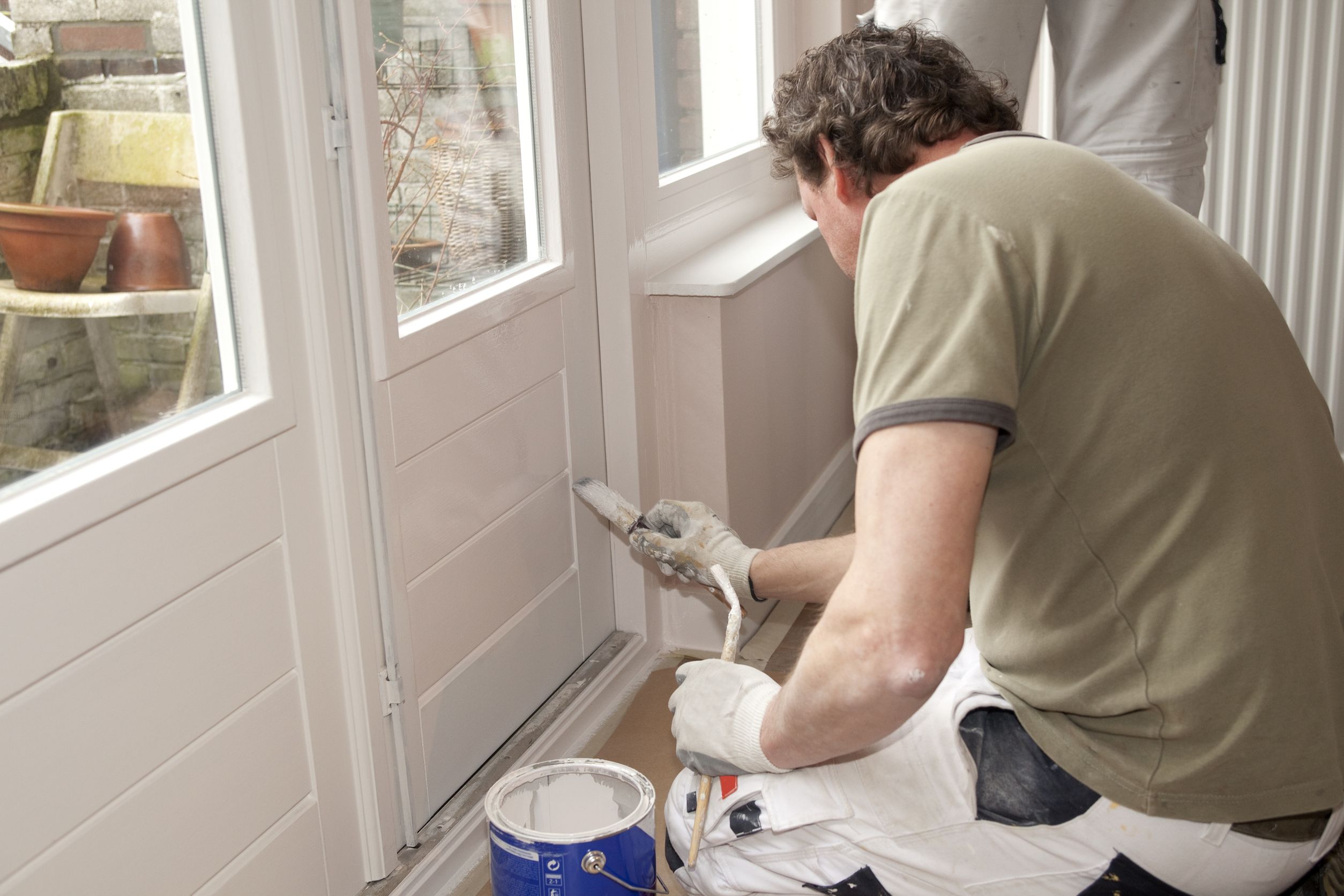Radon mitigation is a method or methods of reducing the levels of radon gas in the home or any building. Many people believe that simply by opening the windows in their home that they can lower the gas levels, unfortunately this is not the case, it is not that simple.
Radon gas is a killer, it is invisible, it is odorless and it is tasteless, it is a gas that is the waste of decomposing uranium in the soil. Radon gas is in every state, there is no escaping it. Smoking is the leading cause of lung cancer, Radon is second, there is nothing good to say for it. Radon gets into a house through voids in the foundation or through gaps where pipes and wires enter the house and sump drains where they leave the house. The EPA estimates that there are between 8 and 15 million homes in the US which have high levels of radon.
When should radon mitigation be done?
The EPA says that your home should be repaired if the gas is greater than 4 pCi/L .There is no indication of when radon levels are safe however the EPA have set a goal of having the radon levels in the home no more than what they are in open air which is 0.4 pCi/L. As radon is an aggressive cause of cancer, high levels must be attended to as soon as testing shows they exist.
How to mitigate radon
Radon mitigation experts look for ways to stop radon from entering your home in the first place as well as ways that they can lower the levels which are currently present. Proper treatment can bring the radon levels down to below 2 pCi/L in the majority of cases. Sealing all the cracks and potential entry points of radon gas is highly recommended but even this only prevents some radon from getting into the home. Just sealing has not proven to be all that effective in lowering the levels and additional methods are recommended.
Lowering radon levels in your home
As mentioned, sealing all cracks and entry points is a good start, however, depending on the construction of your home there are other solutions. If your home is built on a slab, sealing is all that can actually be done, if your home has a basement or crawl space a suction pipe can be installed which draws radon gas from the soil and vents it into free air, eliminating the potential of it building up.
New construction
Modern construction methods allow for radon resistant construction. If you are building a new home choosing this construction method is far less costly than addressing the problem once the home has been built.


